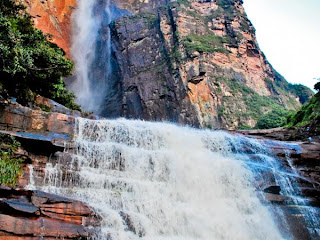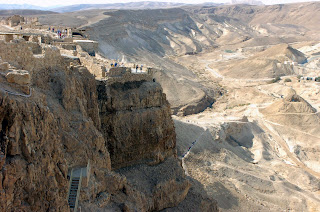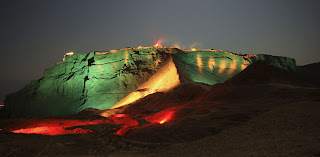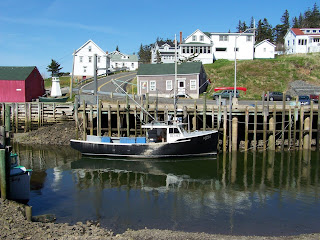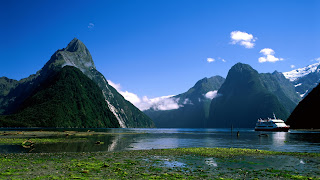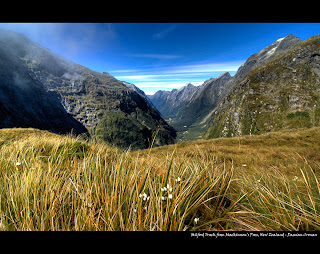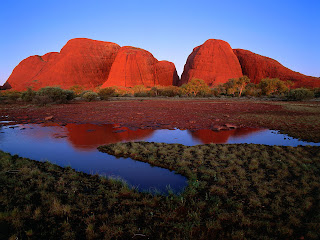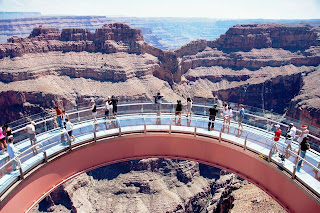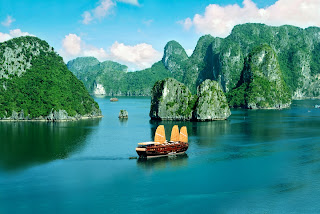The term mud volcano or mud dome is used to refer to formations created by geo-excreted liquids and gases, although there are several different processes which may cause such activity. It is estimated that 300 of the planet's estimated 700 mud volcanoes are found in Gobustan, Azerbaijan and the Caspian Sea. In Azerbaijan, eruptions are driven from a deep mud reservoir which is connected to the surface even during dormant periods, when seeping water still shows a deep origin. Seeps have temperatures up to 2–3 °C above the ambient temperature. In 2001, one mud volcano 15 kilometers from Baku made world headlines when it suddenly started spewing flames 15 m high.
 |
| Azerbaijan is home to nearly 400 Mud Volcanoes |
Azeri mud volcano flares
In the Spring of 2001, volcanic activity under the Caspian Sea off the Azeri coast created a whole new island. In October 2001there was an impressive volcanic eruption in Azerbaijan at Lokbatan, but there were no casualties or evacuation warnings.
But Azerbaijan does not have a single active volcano, at least not in the usual sense of the word. What Azerbaijan does have is mud volcanoes - hundreds of them. Mud volcanoes are the little-known relatives of the more common magmatic variety. They do erupt occasionally with spectacular results, but are generally not considered to be dangerous.
Tourist itinerary
Azerbaijan and the Caspian Sea are home to nearly four hundred mud volcanoes - more than half the total throughout the world. Tourists often look for them around Alat, Gobustan, Salyan and other locations.
Mud volcanoes come in a variety of shapes and sizes, but those most common in Azerbaijan have several small cones, or vents, up to about four metres in height (13 feet), sometimes topping a hill ofseveral hundred metres.
These small cones emit cold mud, water and gas almost continually - an amazing and even beautiful sight, which has become part of the tourist itinerary for foreigners visiting Azerbaijan.
But sometimes even mud volcanoes have their day.
Huge flames, tonnes of mud
Every twenty years or so, a mud volcano may explode with great force, shooting flames hundreds of metres into the sky, and depositing tonnes of mud on the surrounding area.
This was the kind of eruption that witnesses described seeing on a hillside 15 kilometres (nine miles) outside the Azerbaijani capital Baku on Thursday morning (25/10/2001).
 |
| Azerbaijan is home to nearly 400 Mud Volcanoes |
"There was a big explosion, and a huge flame started coming from the hillside," said one witness. "It looked as though an animal was trying to get out of the ground.
"The flame was unbelievably big, about three hundred metres high. It was surrounded by dense, black smoke, and lots of mud was being thrown into the air.
"The biggest flames burned for about five minutes.Then there was another huge explosion, and then they calmed down to about 10 or 20 metres (32 or 65 feet) high."
The flames could easily be seen from 15 kilometres away on the day of the explosion, and were still burning, although at a lower level, three days later.
Land of fire
Mud volcanoes are one of the visible signs of the presence of oil and gas reserves under the land and sea in the Caspian region. Gas seeps are a related phenomenon.
These occur when a pocket of gas under the ground finds a passage to the surface. One gas seep burns continually on a hillside near Baku, ignored by the sheep but sometimes visited by curious tourists.
It is an unearthly sight, especially at dusk, and it is easy to understand how these fires that never appear to burn out became objects of worship.
The appearance of the Zoroastrian religion in Azerbaijan almost 2,000 years ago is closely connected with these geological phenomena, and, according to one theory, the name "Azerbaijan" itself was derived from the word for "fire" in Persian.
Geologists agree on some aspects of the formation and activities of mud volcanoes. They are formed when mud and sand up to several kilometres beneath the Earth's surface are squeezed upwards by compressive forces and expelled.
 |
| Azerbaijan is home to nearly 400 Mud Volcanoes |
The origins of the volcanoes are disputed. Mud volcanoes are often formed in areas of weakness in the Earth's crust, along fault lines, and are associated with geologically young sedimentary deposits, the presence of organic gas from hydrocarbon deposits, and overlying pressure which forces this gas to the surface.
But when it comes to accounting for the differences between mud volcanoes, their varying shapes and sizes, the gases they emit and their unpredictable behaviour, there is little agreement.
Geologists describe mud volcanoes as "capricious", and are still arguing about exactly how they are formed. Some believe they are created during the sedimentary process itself, while others argue that different processes are also involved, for example, seismic activity.
To the non-geologist, the explanations can seem, well, as clear as mud. But the arguments about their origins only add to the aura of mystery that surrounds these unusual and enigmatic phenomena.
(Wiki, Azerbaijan 24)







